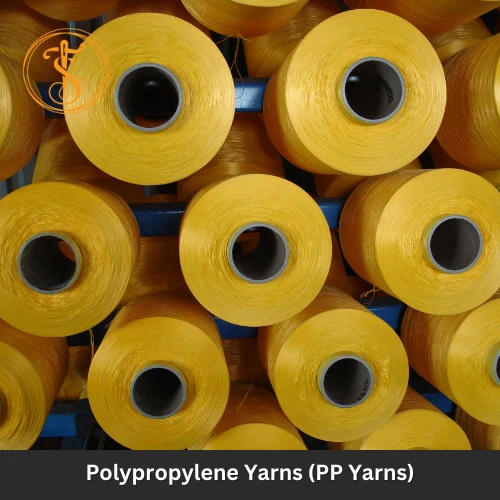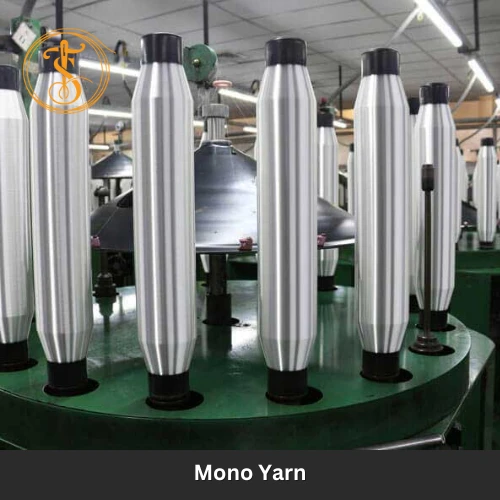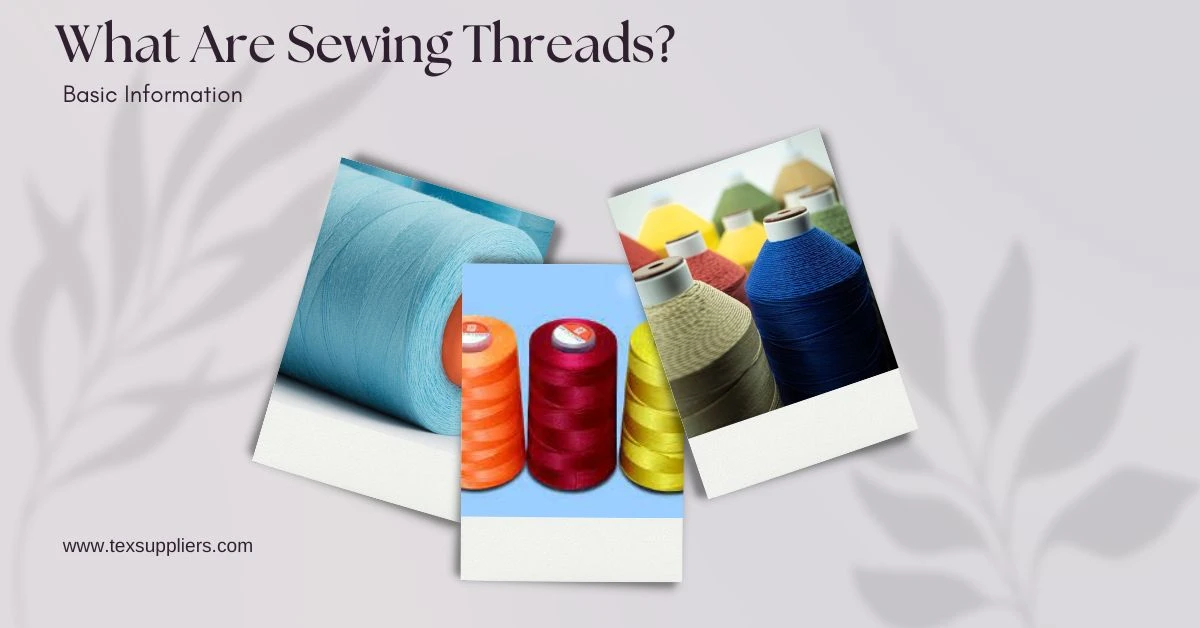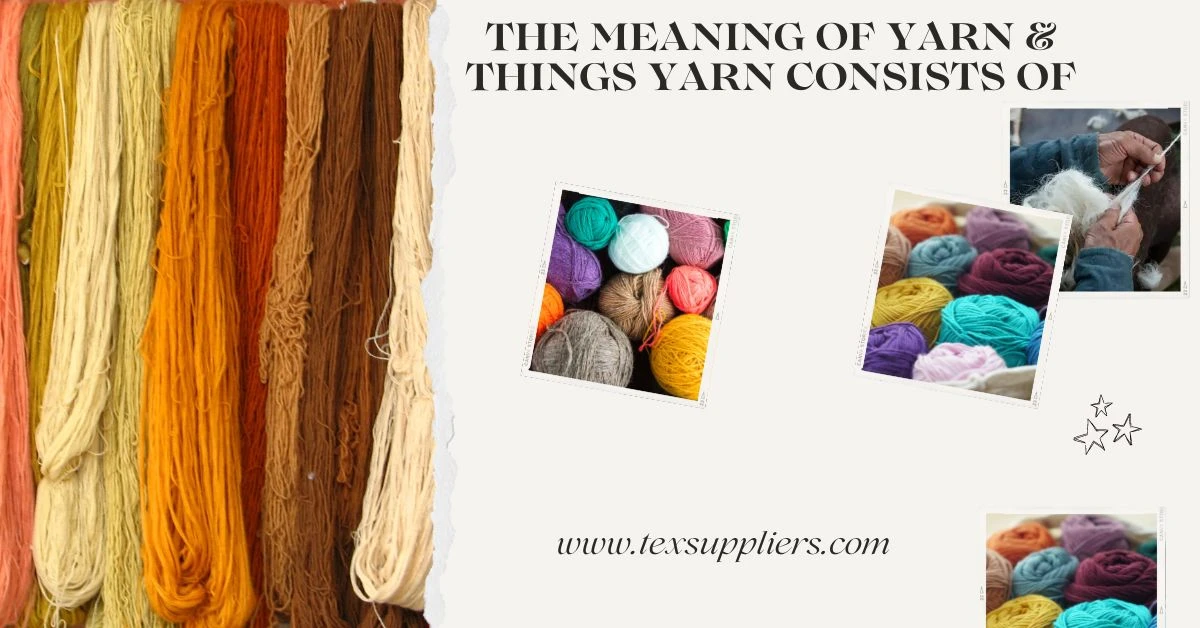Are you aware of what is filament yarn, its features, and its types? If not, then this article will cover all your questions regarding filament yarn from its manufacturing method to applicable areas in the industry.
Table Of Contents
What is Filament Yarn?
One or more continuous strands are known as filaments. Here, every component of filament runs through the yarn length and makes a yarn named filament yarn. Since the filament yarn consists of a long continuous filament, they get twisted together after that to make a whole yarn.

What is Filament Yarn Made of?
Filament yarn consists of natural fibers- silk and synthetic fibers. Here, synthetic fiber means, polyester, acrylic, spandex, rayon, or any other microfibers. Silk materials come from cocoons. Because of the natural silk fiber, the filament yarn seems smooth and shiny. The synthetic elements make it softer as well. Few of the filaments are man-made, that is laboratory-made. The yarn count of filament yarn measures in Denier. Filament year comes in 70 to 140 deniers [per filament = (1-4) denier]. Fibers remain either twisted or in a grouped manner into a yarn.
Manufacturing Method
There is the different spinning method that extrudes fibers in a very particular situation. They are Melt spinning. Dispersion spinning, and other methods.
After the extrusion process, the molecular chains get unoriented providing no practical strength. Then, it is time to draw the extruded filaments to get the molecular chains oriented using the two paired rollers. The drawn filaments get wound onto a package shaped without any twists. After that, the filament tows turn into flat filament yarns. To gain bulkiness, these flat filament yarns get textured. There are yarn texturing methods available named as false-twist, knit-de-knit, or air texturing. False twist remains the most popular method for filament yarn texturing.
Types of Filament Yarn
Based on the Number of Filament
Two types of filament yarns are available, named:
1. Monofilament
If any yarn has one filament, then it is well-known as monofilament yarn. If a yarn has more than one filament, it is well-known as a multi-filament yarn.

2. Multi-filament yarn

In a multi-filament yarn, there can be two or three filaments or more than 50 filaments. Multifilament are two types. They are either twisted or flat. Mono filaments that are thick in nature have better purposes for industrial purposes.
Based on the shape of the filament yarn
There are two classifications of filament yarns. These are:
Flat filament yarn

Bulk filament yarn

Flat ones are straight and have a better smooth surface. The bulked ones are entangled with greater volume. To produce the bulked filament yarns, texturing can be a method. A textured yarn has durable crimps, coils, and loops, and increases volumes.
Properties of Filament Yarn
|
Durability |
High |
|
Drape Ability |
Good |
|
Breathability |
High |
|
Strength |
Excellent |
|
Sustainability |
Better |
|
Comfortability |
Moderate |
|
Stiffness |
Low |
|
Moisture-Absorbent Abilities |
High |
|
Prone to Pill |
Less tend to pill |
|
Prone to Snagging |
High |
Properties
Characteristics of Filament Yarn
The filament yarn possesses some excellent features to investigate. Among them, these are the main characteristics:
- Long and continuous
- Smooth Appearance
- Possesses a least complicated manufacturing process
- Tends to fewer pill
- Highly Breathable
- Stretchability depends on twists.
- Snagging is high, and depends on fabric construction
- Sizes count in denier
- Better uniformity
- Fair to handle
- Produces high seam and yarn slippage
Disadvantages of Filament Yarn
- Poor Covering of Power
Applications
Filament yarns are mostly polyester fiber made. Polyester synthetic yarns help in various purposes- embroidery, knitting, and weaving. Polyester-made filament yarn has a huge demand in the global market for its lustrous feature. The polyester-made filament yarns have high tenacity, strength, and low shrinkage. Also, the polyester filament yarn expects better weather conditions to wear apparel. The material tends to be cost-effective. Nylon or any other element makes the filament yarn thick and thin.
Conclusion
The filament yarns have many typologies to seek for. They have many shapes like flat, textured, bulky, and whatnot. The filament yarns are the only applicable area in the textile industry which is apparel. Polyester-made filaments are popular for widespread applications. However, filament yarn is well-known for its lustrous effects.
















Comments - 00
Leave A Reply
Thanks for choosing to leave a comment.